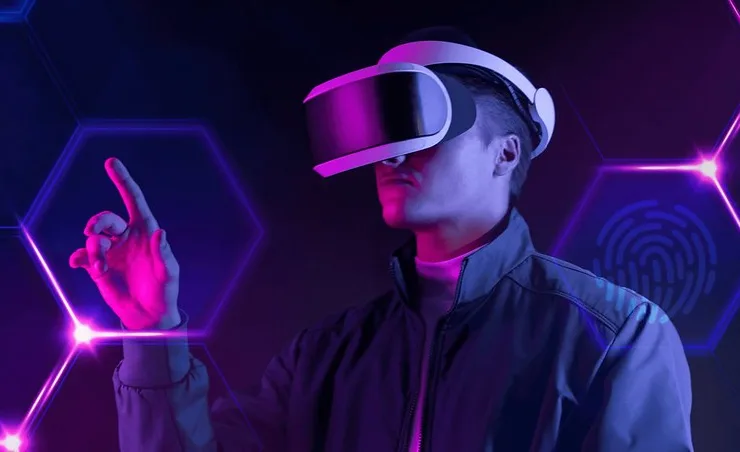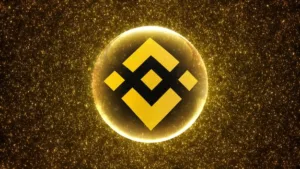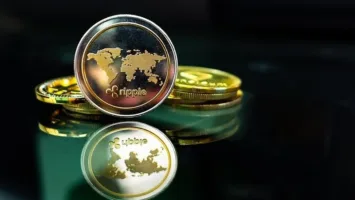Despite the challenging conditions of the crypto bear market, Web3 gaming has demonstrated resilience. Experts within the industry anticipate a more dynamic year ahead for the blockchain gaming sector.
Anticipating a surge in blockchain-based game releases in 2024, Henry Chang, CEO of the South Korean game development firm Wemade, shared with Cointelegraph that he envisions a rise in implementing more sophisticated Web3 applications within the gaming landscape. Chang stated:
“As developers accumulate expertise and assurance, we can expect increased experimentation and the adept incorporation of blockchain elements into in-game mechanics and gameplay. This will lead to a broader spectrum of Web3 games spanning various genres.”
In addition to the growing influx of games, Chang highlighted the increasing trend of gaming studios incorporating Web3 into their portfolios. According to the executive, this shift is attributed to the intrinsic features of blockchain gaming. These features enable the creation of new revenue streams, the development of novel gaming experiences, and the enhancement of community engagement through token-gated benefits.
Chang also emphasized that integrating gaming with blockchain restores in-game asset ownership to players, establishes a connection between the real-world economy and games, and enhances interoperability by incorporating them into a unified and cohesive system.
Bartosz Skwarczek, the founder and CEO of G2A Capital Group, the entity behind the gaming marketplace G2A, echoed similar sentiments to Chang and predicted increased collaboration between traditional industry players and Web3 startups in 2024.
Microsoft’s Backing & G2A’s Leap: Unveiling The Web3 Gaming Revolution
As of November 2, Microsoft supported Chang’s Wemade in its Web3 initiatives. Subsequently, on Nov 16, G2A, led by Skwarczek and traditionally known as a game vendor, launched its own NFT marketplace specifically dedicated to Web3 games.
Skwarczek expressed that increased collaborations will drive greater adoption of mainstream Web3 gaming. He stated, “Enhanced accessibility and user-friendly interfaces will likely result in more intricate game designs and captivating gameplay mechanics, ultimately drawing in a more extensive audience.”
However, the executive envisions that integrating non-fungible tokens (NFTs) for in-game assets and the advent of a genuine Triple A-rated Web3 game could catalyze reshaping the landscape of blockchain gaming in the upcoming year.
Despite the anticipation of numerous developments in the coming year, one of the major challenges facing blockchain gaming is onboarding a broader player base. Chang pointed out that blockchain technology remains intricate for most game designers and developers, making it challenging for users to comprehend.
Despite these challenges, Chang suggests that simplifying the integration of Web3 elements for developers and making blockchain components more intuitive and native to games could address this issue. The executive contends that enhancing accessibility for the average gamer will facilitate faster adaptation, ultimately resulting in broader adoption of Web3 in gaming.
Meanwhile, Skwarczek emphasized the need for a “groundbreaking Web3 title” that could establish the benchmark for blockchain gaming and elevate the overall gaming experience for players. According to Skwarczek, this missing element is crucial for garnering attention and achieving mass adoption of Web3.
Related Reading | Binance Introduced Zero-Fee Trading For XRP, ETH, SOL, DOGE, LINK, BNB
The author’s views are for reference only and shall not constitute any investment advice. Please ensure you fully understand and assess the products and associated risks before purchasing.




Comments (No)